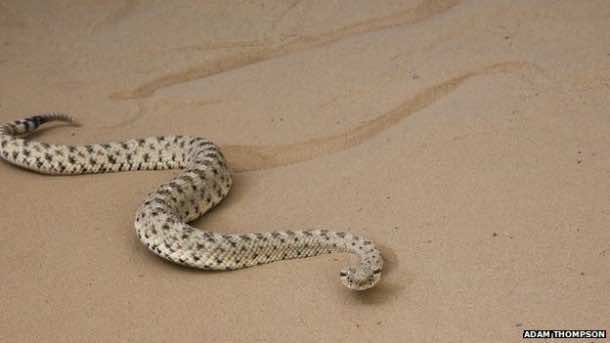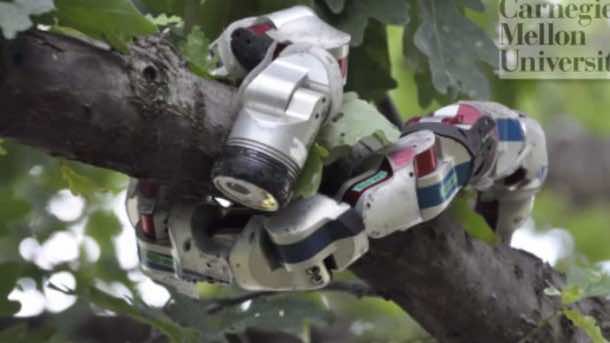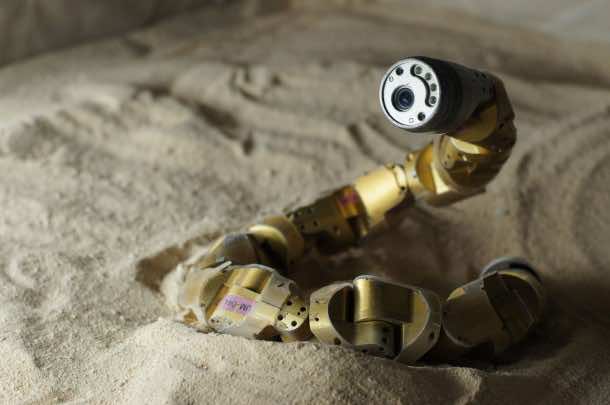How many of you are aware of the sidewinder rattlesnake? It is one of the best sand travelers as far as animal kingdom is concerned. Why are we talking about snakes and sand? That is because if you are using a robot to search for victims after a catastrophic event or checking out some other planet, then it is in the best interest of all those who are involved that your robot doesn’t end up stuck in the sand, don’t you think?
Researchers at Georgia Institute of Technology and Oregon State University recently showed keen interest in the snake robot developed by Carnegie Mellon University’s team. The snake fell short when it came to moving around in sand. Back in 2011, the snake wasn’t able to move on sandy slopes inside a cave. The latest research was carried out by observing the sidewinder rattlesnake and implementing the findings into the snake robot. Worked like a charm, in case you are wondering.
The research team set up a slope that was sand-filled at the enclosure located in Zoo Atlanta and placed six sidewinders to facilitate the snake’s climb to the top from bottom. High-speed video of these six sand dwellers were captured and minute movements during their travelling were noted. The crucial information gained was the fact that these snakes climb by making their body move in 2 independent waves controlled differently. To control what part of their body is in contact with sand, they keep adjusting the aspect ratio of these two waves, horizontally and vertically. As one can expect, the total contact area is increased when the slope is steep.
Once the programming for this pattern was coded and then incorporated into the robot’s movement, it was able to climb up slopes that were previously impossible for it to pull off.
Howie Choset, Carnegie Mellon Professor of Robotics said, “This type of robot often is described as biologically-inspired, but too often the inspiration doesn’t extend beyond a casual observation of the biological system. In this study, we got biology and robotics, mediated by physics, to work together in a way not previously seen.”


